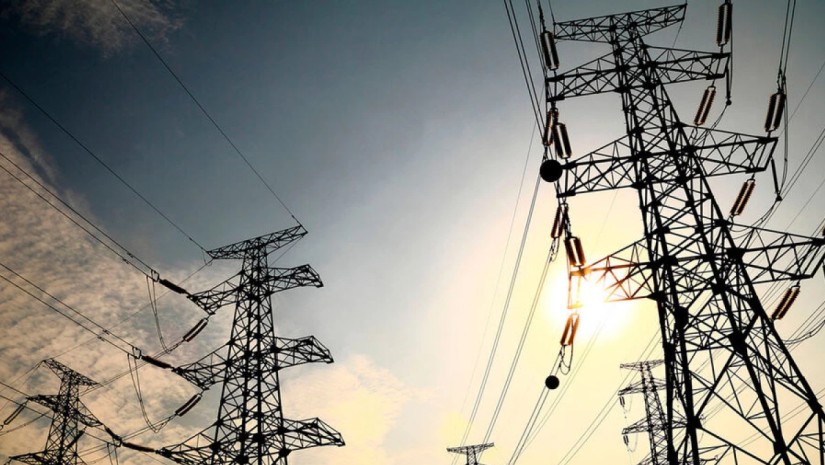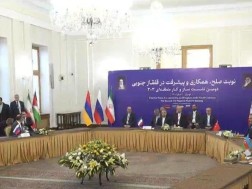The construction project for the North-South energy corridor, intended to connect the power transmission lines (PTL) of Iran, Armenia, Georgia, and Russia, is facing significant obstacles.
According to Hakob Vardanyan, Deputy Minister of Territorial Administration and Infrastructure of Armenia for Energy, the main challenges are the lack of a contractor and the looting of parts of the power transmission lines within Armenia.
Vardanyan reported that the program for constructing high-voltage power lines between Armenia and Georgia continues to encounter difficulties.
"The tender did not proceed because the companies that pre-qualified did not participate. Currently, modifications are being made to the tender process in collaboration with the consultant, who will soon start attracting contractors through negotiations. The problem is that there are very few contractors who are familiar with these technologies. The previous conditions were too strict, effectively limiting participation to European companies," Vardanyan noted in an interview with Civilnet.
Vardanyan expressed hope that if a contractor can be secured, contracts should be signed by April-May next year, and the project implementation will finally begin.
Another serious issue is the looting of power transmission lines, which are part of the new energy corridor within Armenia. "We discovered that part of the transmission lines and stations in southern Armenia, which were previously built with the involvement of Iranian builders, had been looted. The damage turned out to be significant," he added.
The project to create a new power transmission line (PTL) between Armenia and Georgia, which has been in development for more than five years, has encountered further obstacles. Although tenders for construction were finally announced in 2023, the contractor selection process proved problematic.
A particularly difficult situation arose with the first phase of the project—the construction of a substation in the village of Ddmashen near the town of Sevan. Of the two companies admitted to the tender, one declared bankruptcy, and the other—Siemens—reported an inability to take on additional commitments due to high workload.
The implementation of this project is crucial for Armenia, as the country's existing power system has limited capacity. Currently, connections with neighboring countries are made through low-capacity PTLs: one 220 kV line and two 110 kV lines with Georgia, and two 220 kV lines with Iran.
The planned two new lines, each with a capacity of 400 kV, will significantly expand Armenia's ability to export and transit electricity. This is especially relevant in the context of forming a unified energy market within the Eurasian Economic Union (EAEU).
As industry experts note, delays in the implementation of the project could have serious consequences for Armenia's energy strategy and its participation in regional energy initiatives.






















